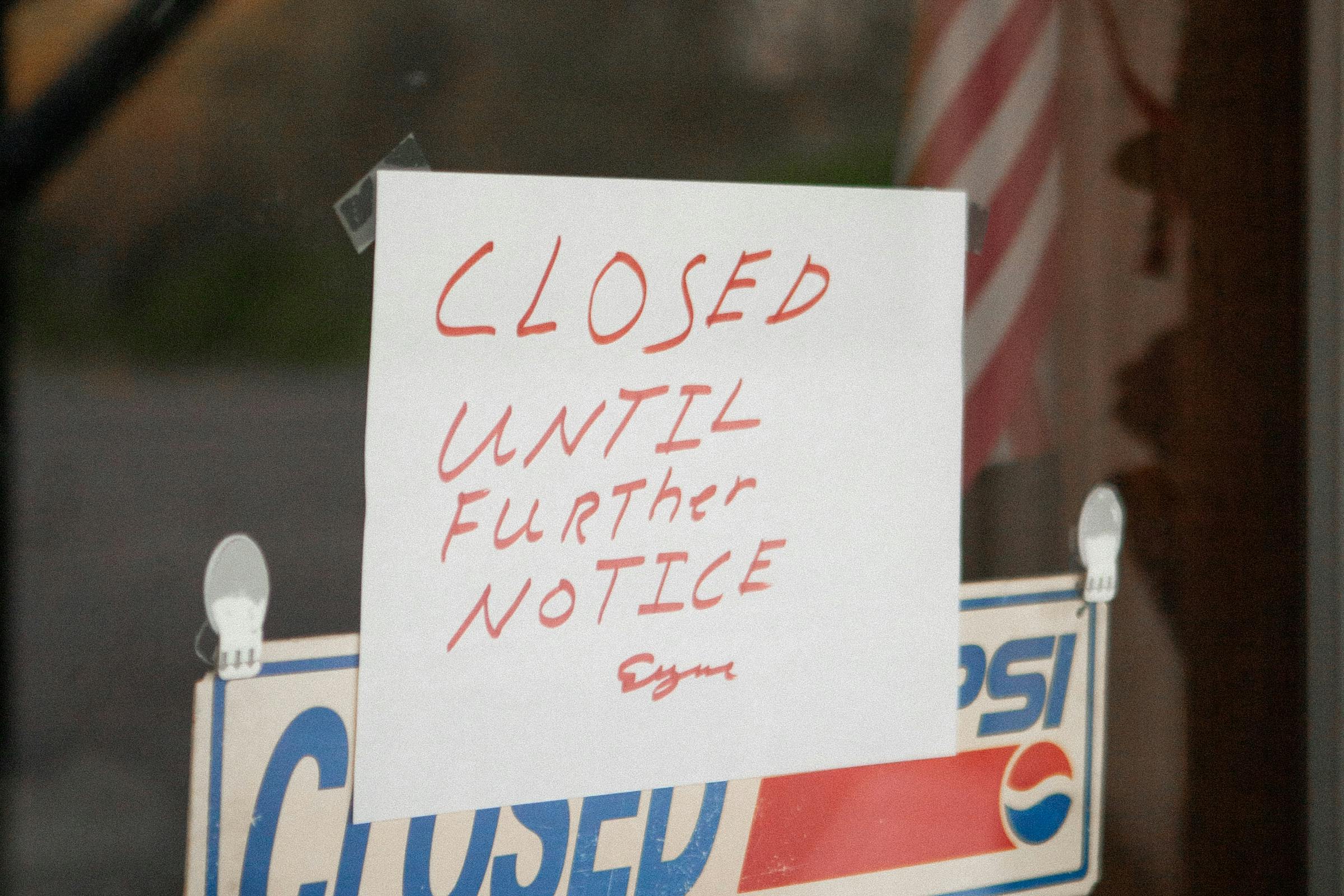Each year, US businesses lack the skilled labor to fill critical openings in fields like Science, Technology, Engineering, Math, and specialized education. Those in these industries reach out to the US Citizenship and Immigration Services (USCIS) to compensate for the lack of native workers and receive approval to hire foreign workers.
Because the demand is so high, USCIS created an annual lottery when the request for H-1B visas outweighs the number available. Does your position fall into the annual cap category? Read on to find out.
What Makes Up the H-1B Category?
The H-1B visa is the category used for temporary nonimmigrant work status. Employers sponsor a potential foreign worker, petitioning for a highly educated professional to fill a specialty occupation role.
These jobs require a bachelor’s degree or equivalent education and experience. They’re commonly seen in STEM fields but can apply to other careers. The H-1B visa allows the holder to stay and work in the US for three years.
However, the employer has a duty of care to ensure that hiring their desired foreign professional won’t impact US workers negatively. This requires a labor condition application (LCA) to be certified through the Department of Labor (DOL). The LCA affirms that the approval of the H-1B worker to accept employment in the US won’t harm the wages or working conditions of others already in the US in the same type of position.
The H-1B visa was established in 1990. Since then, the allowed number of petitions has been limited, but the allowed amount varies.
Currently, the annual cap is 65,000 visas for basic bachelor’s degree positions. Foreign professionals with master’s degrees or doctorates from US institutions may receive one of 20,000 visas in a second category. Typically, the cap is reached before the end of the fiscal year (FY).
The H-1B Cap Lotteries
Over the years, the annual cap for H-1B visas has reached the maximum allowable amount within six months after the first date petitions are allowed to be submitted. Out of 65,000 visas, a minimum of 6,800 are dedicated to the citizens of Chile and Singapore. The free trade agreement requires this allocation. The remainder is added to the next fiscal year if these two countries don’t use all their allowed visas. The extra visas do not detract from the 65,000 allowed by the USCIS per FY, plus the 20,000 allowable for the Master’s Cap.
When petitioners with an advanced degree file for an H-1B visa, their names are placed in a lottery of others with masters or doctorates. Out of the number of petitioners, 20,000 are chosen first. Any remaining visas that weren’t included are re-entered into the regular cap lottery. This gives those with advanced degrees two opportunities for their petitions to be chosen.
How to Get an Advanced Cap or Cap-Exempt Status Petition
● The degree must be from an accredited US institution
● The institution must be public or non-profit
In some situations, your petition for an H-1B regular or advanced visa can be exempt from the cap. This occurs when the employer is a non-profit affiliated with a higher education institution, is a higher education institution, or is a non-profit research or government organization.
Beneficiaries who have previously been granted H-1B cap exemption won’t be subject to the cap.
How the Cap Impacts Changing or Extending Your H-1B Visa
Once your petition is approved, you no longer are part of the lottery or cap. So, if you have a change in terms of employment and must petition for a new position or new employer, or you are working with a second H-1B position, you don’t have to worry about the lottery affecting your status.
When your visa’s original three-year status is up, you can request an extension for another three years. The employer must file a new Form I-129 and pay any additional filing fees. However, your position has already been counted against the cap.
The Annual Visa Cap Process in Summary
The first business day in April is also the start of the H-1B visa cap window. Your employer should file your petition as close to that date as possible. The cap ends when the number is filled, which could be as early as a week after the window opens.
When the USCIS has determined it has acquired enough petitions to reach the cap, it won’t accept more. All advanced petitions received through that date will go into a computer program, which will randomly accept 20,000. All remaining advanced petitions, plus the rest of the general petitions, will then go into another program, and 65,000 will be randomly chosen.
Any unchosen petitions get rejected, and the petition and filing fees get returned to the employer. The only petitions accepted after the USCIS-determined ending date will be those that are cap-exempt.
However, a rejected H-1B visa petition isn’t the end of your options. Talk to your immigration attorney to see if you might be able to file for an L1 visa instead.
Premium Processing and the Annual Cap
Some petitioners believe that investing in premium processing alongside their petition will increase their chances of approval. However, if your petition is subject to the lottery, your selection odds are arbitrary and random. Premium processing doesn’t help with this factor.
Premium processing is beneficial when your petition was chosen, and you want the processing time to be expedited, or when you are applying for a green card using an I-129 and I-140 petition. The enhanced processing time does not mean you can either start working before the first business day in October.
Premium processing is also a smart idea if you’ve been given a Request for Evidence (RFE) with a short turnover window to resubmit the petition with the evidence requested.
What’s Next?
Keep watching the USCIS news for the fiscal year you plan to file the petition to ensure the cap hasn’t already been reached. Visa2US does this for you and can help you complete your paperwork and submit it as early as possible.
Professional help from the experts at Visa2US increases the likelihood of your petition being accepted for the lottery. The extra help ensures your paperwork is filed without rejections or requests for evidence.
The process of obtaining an H-1B visa is complex. From the employer’s early stages to the applicant’s consular interview for stamping, there are challenges to overcome. At Visa2US, we can determine if the employee or employee might qualify for cap exemption, determine solutions in addition to an H-1B visa, and submit your paperwork on time without errors. Contact Visa2US today to get started on preparing














